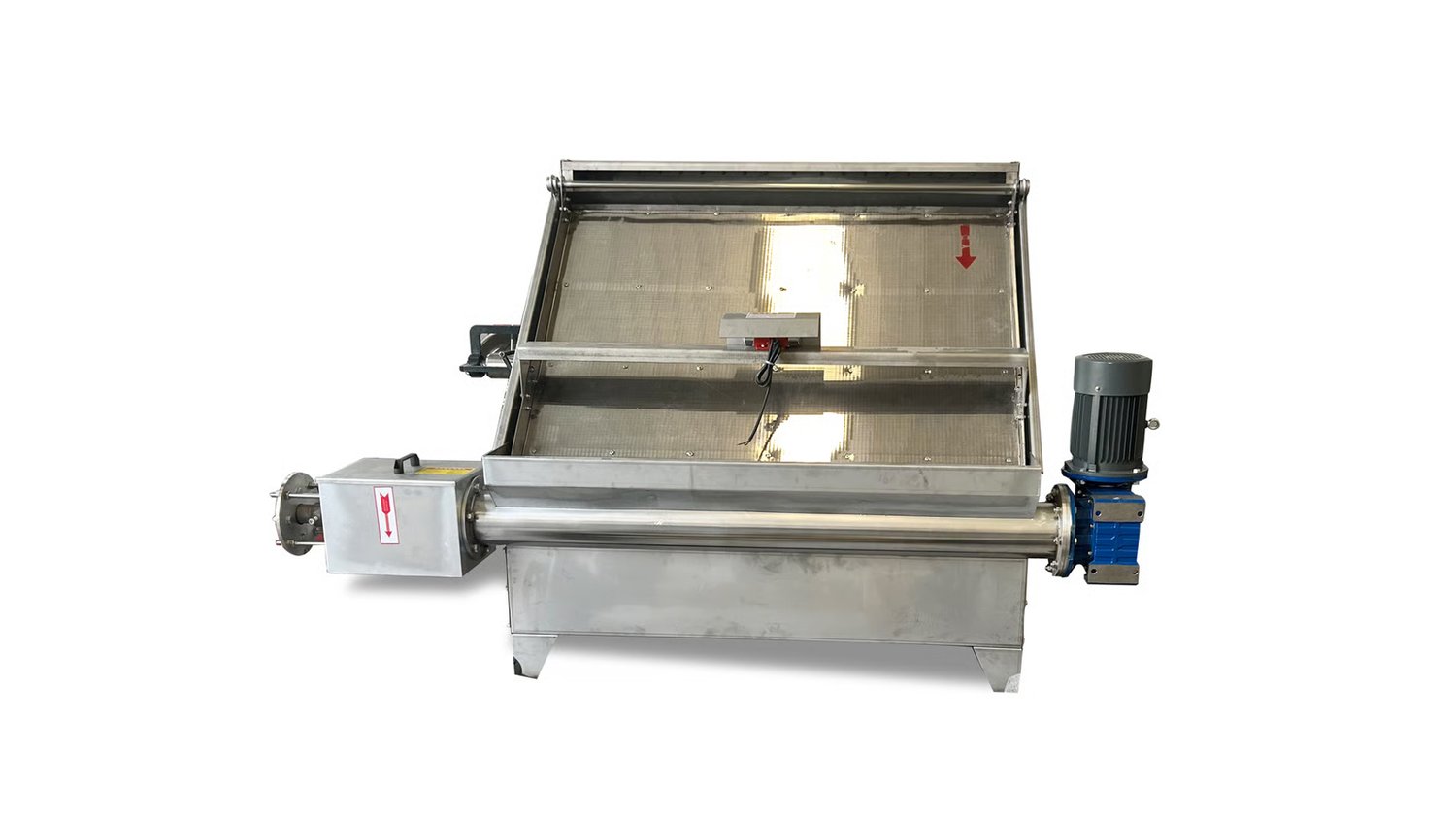Horizontal separators are essential equipment in the oil and gas industry, used to separate oil, gas, and water from production fluids. One crucial factor to consider when using horizontal separators is their throughput capacity, which determines the maximum amount of fluid that can flow through the separator at a given time.
Factors Affecting Throughput Capacity
Several factors can impact the throughput capacity of a horizontal separator. These factors include the size of the separator, the design of the internals, the operating pressure and temperature, the fluid properties, and the presence of any solids in the production fluid. Understanding these factors is essential for ensuring optimal separator performance.
Design Considerations for Maximizing Throughput Capacity
When designing a horizontal separator, engineers must carefully consider the throughput capacity to ensure that the separator can handle the expected flow rates. Factors such as the diameter and length of the separator, the type of internals used, and the inlet and outlet configurations all play a crucial role in maximizing throughput capacity.
Importance of Proper Sizing
Proper sizing of a horizontal separator is critical for achieving the desired throughput capacity. Oversized separators can lead to inefficient operation, while undersized separators may not be able to handle the required flow rates. Engineers must carefully calculate the size of the separator based on the expected production rates and fluid characteristics.
Impact on Production Efficiency
The throughput capacity of a horizontal separator directly impacts production efficiency. A separator with insufficient throughput capacity can cause production bottlenecks, leading to reduced overall production rates. On the other hand, a well-designed separator with adequate throughput capacity can help maximize production efficiency.
Enhancing Throughput Capacity with Upgrades
In some cases, existing horizontal separators may have limited throughput capacity due to outdated designs or operating conditions. By upgrading the internals, increasing the vessel size, or improving the inlet and outlet configurations, operators can enhance the throughput capacity of their separators and optimize production performance.
Ensuring Safety and Compliance
Maintaining proper throughput capacity in horizontal separators is not just essential for production efficiency but also for safety and environmental compliance. Overloading a separator beyond its throughput capacity can lead to operational issues, equipment failure, and potential safety hazards. It is crucial to ensure that separators are operated within their design limits.
Monitoring and Maintenance Practices
Regular monitoring and maintenance are key to preserving the throughput capacity of horizontal separators. By performing routine inspections, cleaning the internals, and addressing any issues promptly, operators can prevent throughput capacity degradation and ensure the reliable operation of their separators.
Future Trends in Throughput Capacity Optimization
As technology advances and industry demands evolve, there is a growing focus on optimizing throughput capacity in horizontal separators. Innovations in separator design, advanced modeling and simulation techniques, and the integration of smart monitoring systems are all driving improvements in throughput capacity optimization for enhanced production productivity.
Conclusion
In conclusion, horizontal separator throughput capacity is a critical factor in the effective operation of oil and gas production facilities. By understanding the factors that influence throughput capacity, implementing proper design considerations, and prioritizing maintenance and upgrades, operators can maximize the efficiency and performance of their horizontal separators for optimal production outcomes.
Quote Inquiry
contact us

